United States President Donald Trump has set the lowest refugee ceiling in American history, reducing the annual admissions cap to 7,500 for the 2026 fiscal year.
The figure, published in a White House notice on Thursday, marks a sharp reduction from the 125,000 ceiling established under former President Joe Biden and signals a fundamental shift in the country’s humanitarian policy.
According to Trump’s annual refugee determination issued on September 30, the United States will prioritise South Africans from the white Afrikaner minority.
The president justified the move as part of an effort to protect individuals facing “illegal or unjust discrimination in their respective homelands.”
The decision represents not only the most restrictive refugee policy since the programme’s creation in 1980 but also the first time that a US administration has identified a specific ethnic group — white South Africans — as the main focus of resettlement.
How Trump has shifted US policy
Trump suspended all refugee admissions immediately after re-taking office in January, asserting that the system could only resume once it aligned with US interests.
He later signed an executive order pausing the US Refugee Admissions Programme (USRAP), citing the need to prioritise national security, safeguard public resources, and ensure that resettlement “does not compromise the availability of resources for Americans.”
The White House explained that the new cap was “justified by humanitarian concerns or is otherwise in the national interest.”
Refugee advocates and legal experts have pointed out, however, that the administration did not follow the statutory requirement of consulting Congress before making such determinations.
Democratic lawmakers including Senator Dick Durbin and Representative Jamie Raskin issued a joint statement condemning the move, “This bizarre presidential determination is not only morally indefensible, it is illegal and invalid.”
They argued that the decision violates established law, which requires executive consultation with Congress before setting refugee admissions.
“The administration is skipping over the tens of thousands of refugees who have been waiting in line for years,” the statement added, “and prioritising a single privileged racial group — white South African Afrikaners.”
A senior administration official attributed the delay in consultation to the government shutdown that began on October 1, claiming that no refugee admissions could proceed until federal operations resumed.
The refugee ceiling reduction is part of a broader shift in US migration policy.
During the United Nations General Assembly in September, top Trump administration officials urged countries to join a “global campaign to roll back asylum protections,” aiming to reconfigure the post–World War II international refugee framework.
Why Trump says the focus is on Afrikaners
At the heart of this policy is Trump’s claim that white South Africans — particularly Afrikaner farmers — are victims of persecution and racial discrimination in the Black-majority nation. These assertions have been repeatedly denied by South Africa’s government.
In February, the administration announced the suspension of aid to South Africa while launching a new resettlement programme for Afrikaner families.
The first groups — approximately 70 individuals — arrived in the United States in May and June, described by officials as the beginning of a broader relocation effort. In total, around 400 white South Africans have reportedly moved under this initiative.
Afrikaners, who number about 2.7 million in South Africa’s 62-million population, trace their ancestry to Dutch and French settlers who arrived in the 17th century.
Their language, Afrikaans, evolved from Dutch and is among South Africa’s eleven official languages.
Though historically central to the apartheid regime that ended in 1994, Afrikaners today participate across sectors — from government and business to sports and culture — within a multiracial democracy.
Despite this integration, some conservative groups have claimed that affirmative action and land redistribution measures discriminate against whites. The Trump administration has cited these grievances, along with sporadic violence against farmers, as evidence of persecution.
How South Africa has responded
The issue escalated into a diplomatic dispute earlier this year. In May, Trump confronted South African President Cyril Ramaphosa during a meeting in the Oval Office, claiming that white farmers were being targeted and killed.
Trump reportedly presented a video that he said depicted burial sites of murdered farmers; it was later found that the footage came from a 2020 protest using symbolic crosses.
Ramaphosa, maintaining composure, said afterward that he hoped U.S. officials would “listen to South Africans about the issue” and later commented that there was “doubt and disbelief about all this in [Trump’s] head.”
The incident was followed by heightened diplomatic tension. Ebrahim Rasool, South Africa’s ambassador to Washington, was expelled after accusing Trump of “mobilising a supremacism” and attempting to “project white victimhood as a dog whistle.”
South Africa’s government has repeatedly rejected claims of widespread racial violence against white citizens.
Official data show that between October and December 2024, 7,000 people were murdered nationwide, but only 12 of those killings occurred during farm attacks—and just one victim was a farmer.
Authorities said that violent crime affects all South Africans regardless of race and that attacks on farmers represent a tiny fraction of overall crime.
Meanwhile, a controversial land expropriation law, which permits the government to seize unused private land without compensation for redistribution, has been cited by Afrikaner lobbyists as proof of bias.
The government has defended the measure as essential for addressing the legacy of apartheid-era inequality and restoring land to dispossessed Black South Africans.
How humanitarian groups have reacted
The decision to restrict admissions largely to Afrikaners has drawn sharp rebuke from international refugee organisations, who say the administration is undermining both humanitarian principles and the credibility of the refugee programme.
Sharif Aly, president of the International Refugee Assistance Project (IRAP), warned, “By privileging Afrikaners while continuing to ban thousands of refugees who have already been vetted and approved, the administration is once again politicising a humanitarian programme.”
Similarly, Krish O’Mara Vignarajah, president and CEO of Global Refuge, said, “Concentrating the vast majority of admissions on one group undermines the programme’s purpose as well as its credibility.”
Uzra Zeya, president of Human Rights First, called the decision “a new low point” in American foreign policy, arguing that it “will further destabilise front-line states that host over two-thirds of the world’s nearly 43 million refugees, undermining US national security in tandem.”
Gideon Maltz, head of the Tent Partnership for Refugees, pointed out that “refugees help address labour shortages and the programme has been extraordinarily good for America. Dismantling it today is not putting America first.”
How other refugees have been excluded
Critics note that the administration’s approach effectively sidelines thousands of refugees from conflict regions who have waited years for admission.
Notably absent from the refugee determination are Afghans, many of whom assisted US forces before the 2021 withdrawal from Afghanistan.
While a separate visa programme continues to admit a limited number of Afghans who worked directly with the US government, tens of thousands who do not qualify under that category remain excluded from resettlement opportunities.
Shawn VanDiver, president of #AfghanEvac, described the move as “a horrendous betrayal.”
He said in a video statement, “I think we need to face facts. This means that the president and the White House … are not going to allow Afghan refugees to come here. This is a really bad day.”
The absence of Afghans, Syrians, and refugees from African or Asian nations — historically the largest groups resettled in the United States — marks a profound reorientation of the US refugee programme.
How Trump is redefining American refugee policy
In addition to slashing admissions, the White House has announced a bureaucratic change that shifts refugee support and oversight from the State Department to the Department of Health and Human Services (HHS).
The reorganisation aligns with Trump’s stated objective of making the refugee system “responsive to national needs,” a phrase critics interpret as code for politically selective admissions.
Earlier drafts of internal government documents reportedly explored whether the administration could extend similar refugee privileges to Europeans who faced discrimination for their political views, such as opposition to mass migration or support for nationalist parties.
Under the Refugee Act of 1980, US presidents have discretion to set annual refugee ceilings, but the law requires coordination with Congress and consultation with resettlement agencies.
Historically, refugee admissions have reflected geopolitical realities — such as accepting Southeast Asians after the Vietnam War or Syrians during the civil war — but not racial or ethnic preference.
Trump’s earlier administration (2017-2021) progressively reduced refugee intake from 110,000 to 15,000, arguing for “extreme vetting” and “America First” priorities.
The 2026 cap of 7,500 is less than one-tenth of the number admitted under Biden, who had restored levels to six figures.
Trump’s focus on white South Africans resonates with segments of his political base who have long argued that Western nations face “reverse discrimination.”
The narrative has been amplified by US-based commentators and social media influencers sympathetic to Afrikaner advocacy groups.
Prominent figures such as Elon Musk, himself South African-born, have drawn attention to the issue by alleging that the South African government is “racist against whites.”
These claims, echoed in right-wing media, have helped frame Trump’s refugee pivot as part of a broader campaign against “anti-Western bias.”
Still, many Afrikaners inside South Africa reject the persecution narrative, insisting that while the country faces severe crime and inequality, these issues cut across racial lines.
With inputs from agencies


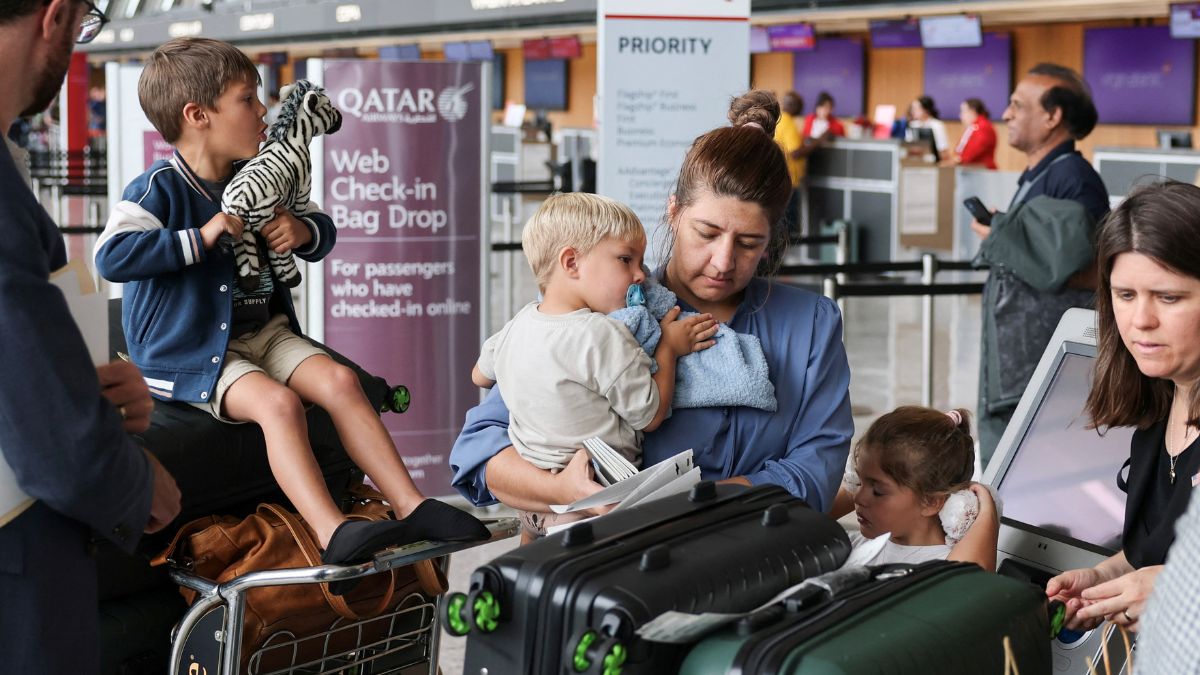)
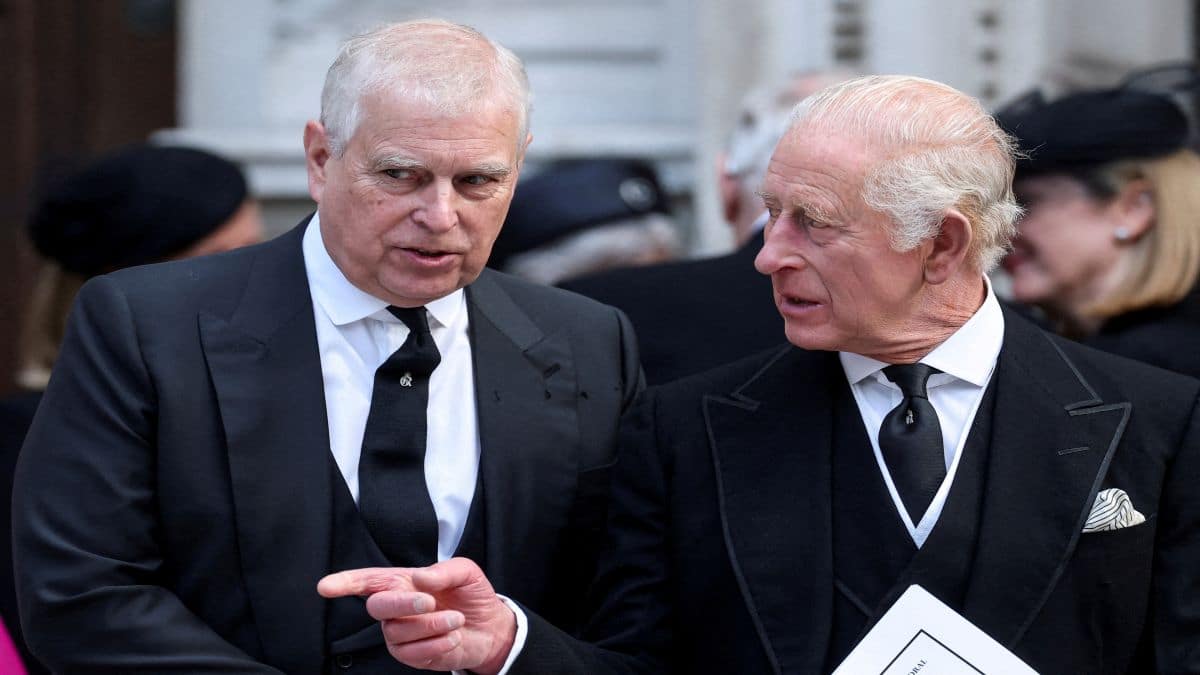
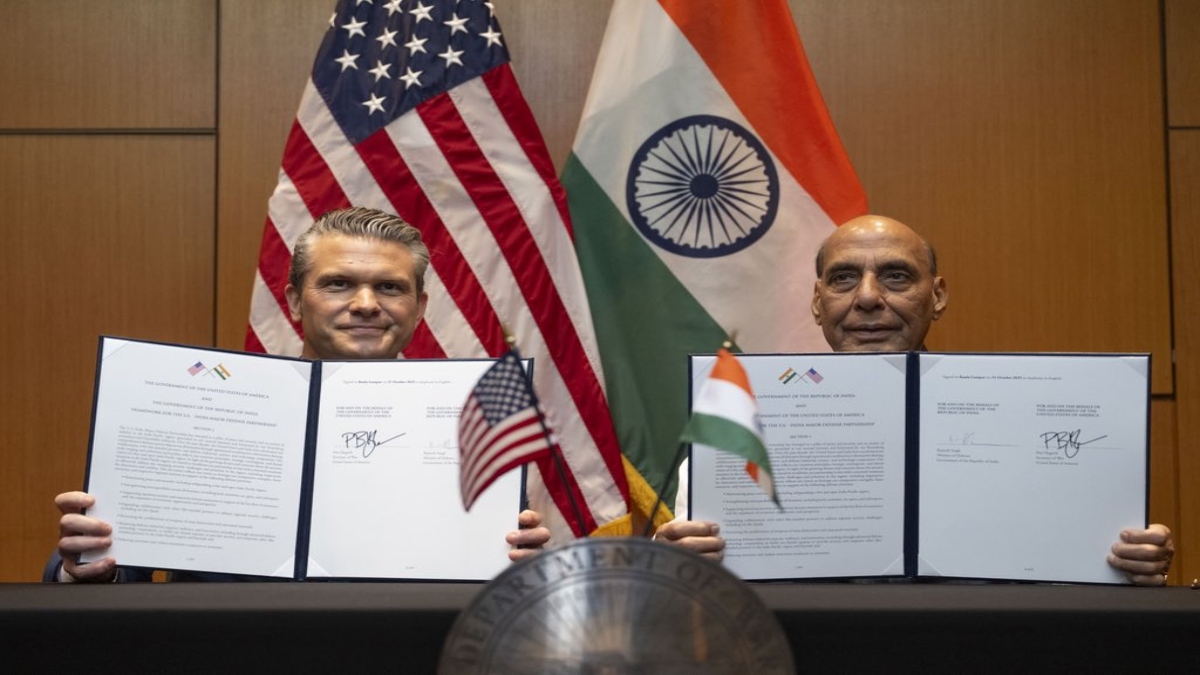)
)
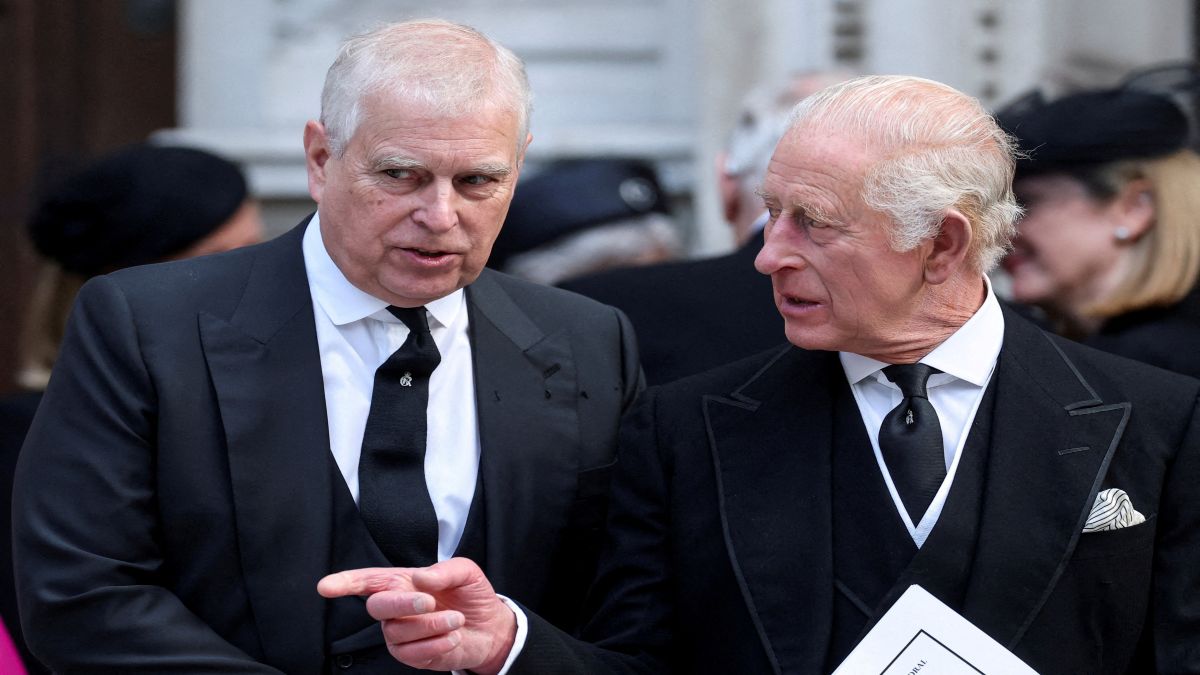)
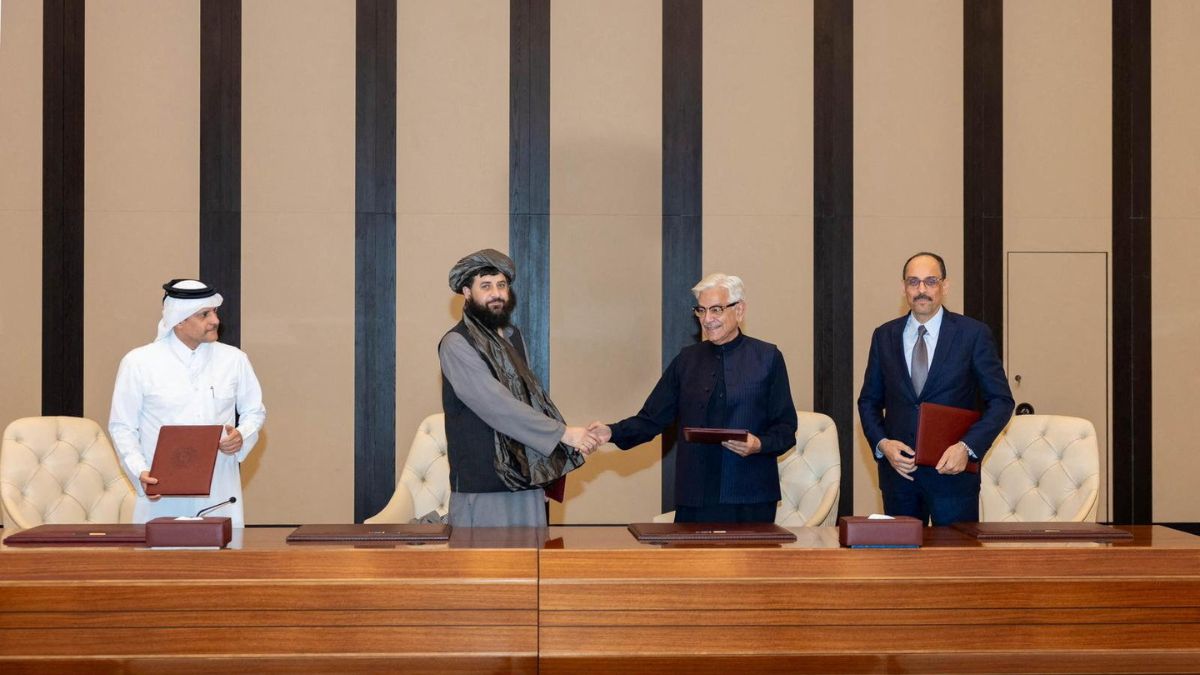)
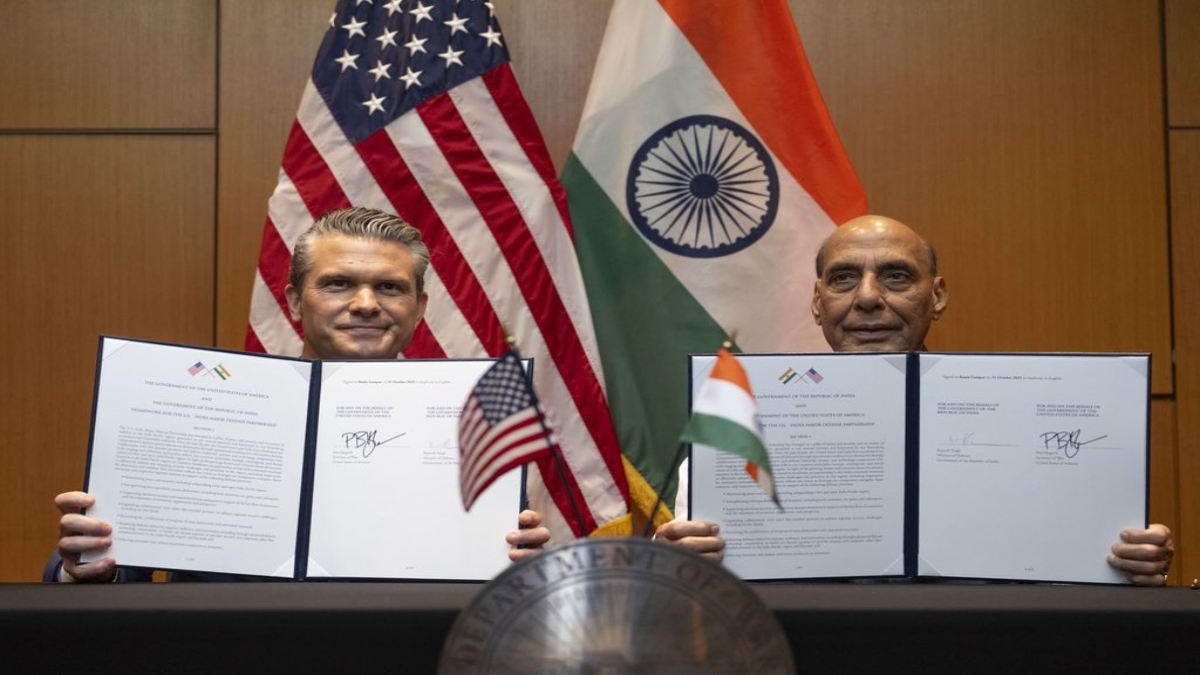)
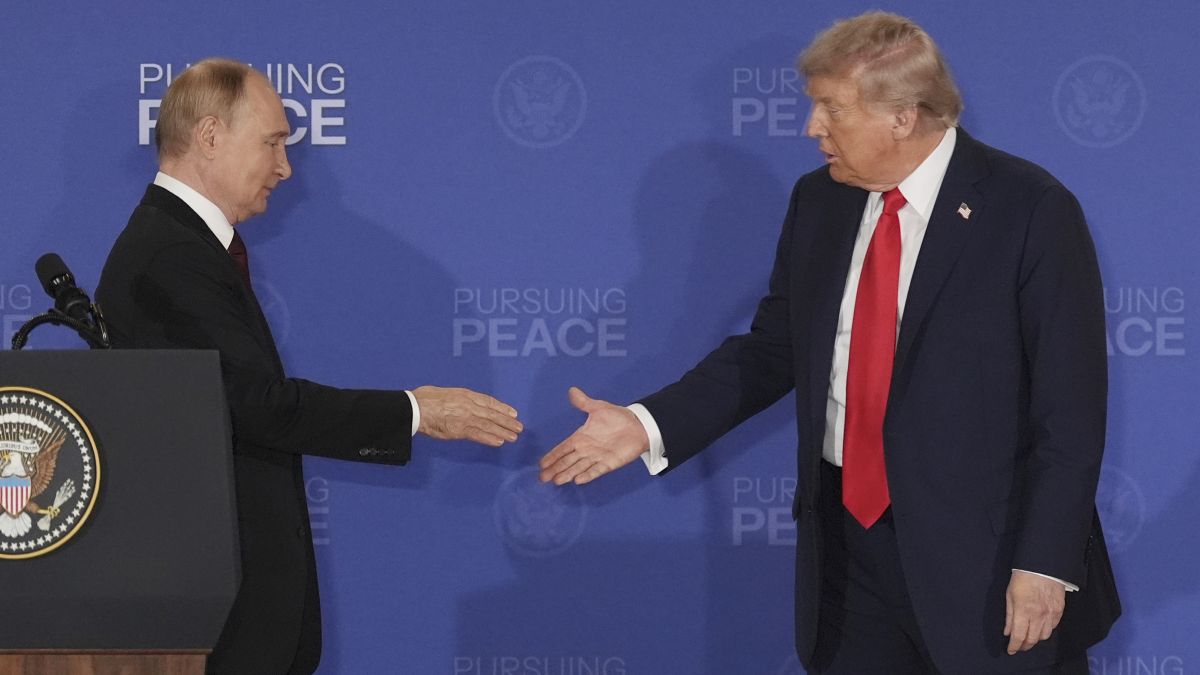)
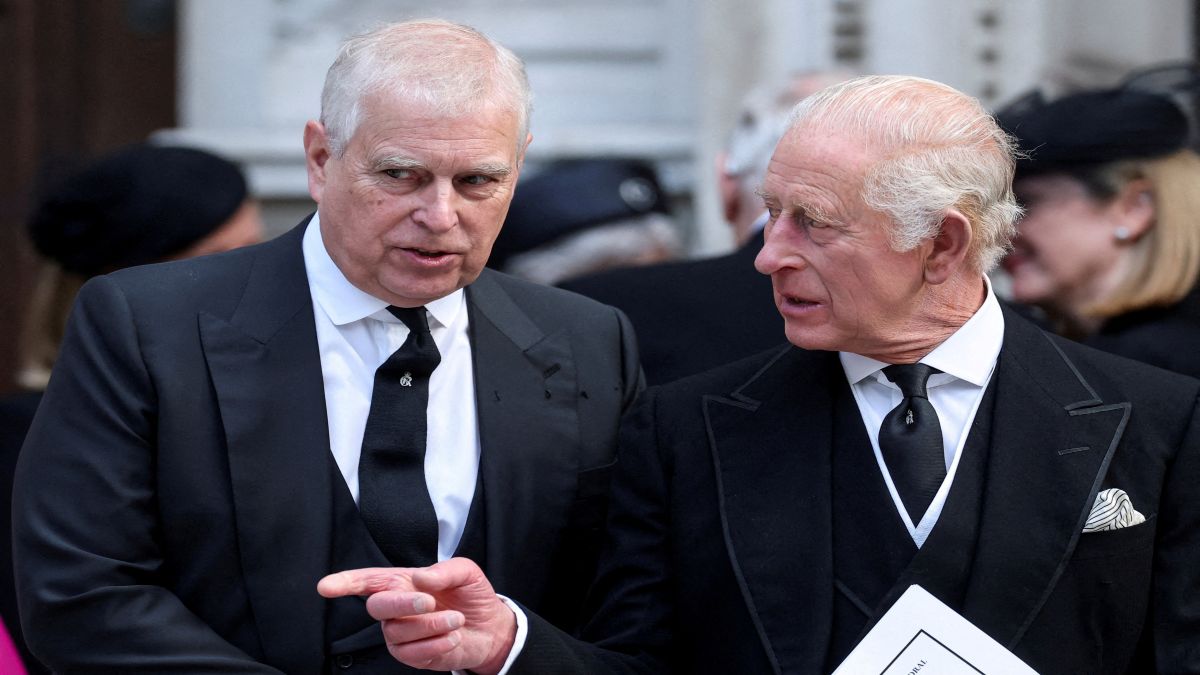)
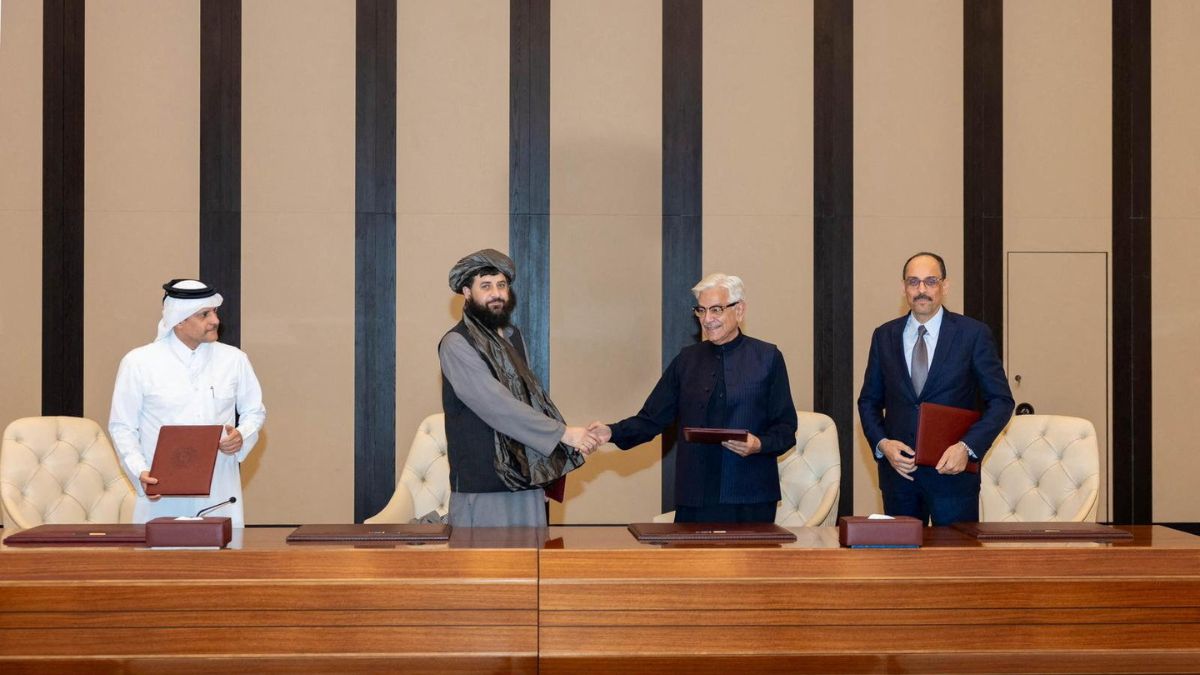)



